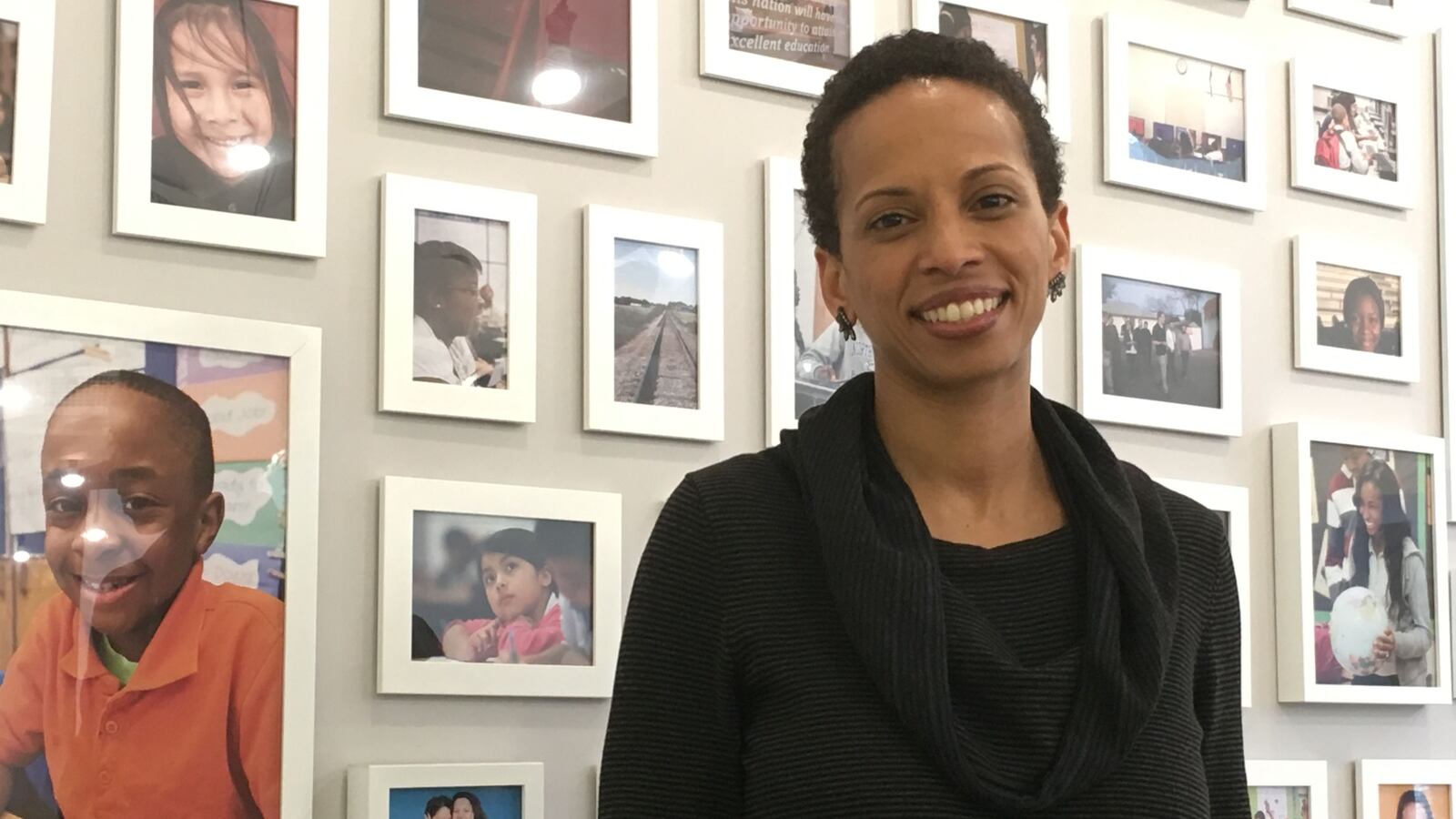When Teach For America confirmed it would slash 15 percent of its national staff – including its chief diversity officer – in a major shakeup last month, the organization said the cuts would give local offices more independence.
And while it remains unclear exactly how those changes will affect TFA’s operations across the country, the organization’s New York leaders say they are set to change up summer training so that, for the first time, all of the recruits headed into New York City schools in 2017 will first be trained in New York by local staff.
Charissa Fernández, executive director of TFA’s New York office, said the decision to move its intensive five-week summer training – known as “institute” in TFA parlance – back to New York City was partly driven by the successful local training last year of 20 teachers who work in community-based organizations as part of the city’s expansion of pre-kindergarten.
“Educational context changes in every state – now even more so,” Fernández said in an interview this week.
The locally-based training for those outside the early childhood program will begin in the summer of 2017. The new training, Fernández said, will focus specifically on the state’s academic standards, address changes now being made to the standards in New York, and help recruits better understand the communities in which they will work. The training may also include an emphasis on STEM education and involve some of the 1,500 New York-based TFA alumni, Fernández said.
“In order to be culturally responsive at the local level, we really wanted to have that grounding in New York City,” she added.
That shift toward more locally-designed training is part of a small national trend.
Twelve local offices will train their recruits this year in lieu of the national organization, up from nine last year, according to Sharise Johnson, a TFA spokeswoman.
For 11 of the past 14 years, New York recruits have been trained locally, but that training was operated by the national organization. (New York recruits have intermittently been trained in Philadelphia, including this summer.) The main shift is that now, for the first time, the New York staff will design and oversee the training.
Still, it’s not yet clear how significantly the moves will change the training itself, a central part of TFA’s model. Fernández said her office is developing the local training now.
The rhetoric around empowering the local offices comes at a tumultuous moment for the national organization, which has failed to meet its recruiting targets for the past three years and has reduced its staff by almost one-third over the past two fiscal years.
New York reflects some of those recruiting challenges: The organization placed just 230 teachers in local schools last year, a five-year low. Fernández said she didn’t know how many recruits would be placed in New York this coming school year, and the improving economy “continues to be a factor” in lower recruitment numbers.
Fernández emphasized that she is not anticipating staffing cuts locally.
The national organization has long been a lightning rod for critics who worry the organization perpetuates the inequality it seeks to address by putting inexperienced teachers in classrooms dominated by low-income students. And recently, it has attracted a new round of criticism for firing its diversity chief despite consensus among education experts that promoting diversity among public school teachers benefits all students.
Some of those criticisms have been less relevant to TFA’s teaching force as of late in New York, where roughly 60 percent of TFA teachers identify as people of color. By comparison, about 60 percent of city public school teachers are white.
To some observers, the new emphasis on local training makes sense.
Dan Goldhaber, who has studied the relationship between the environments in which teachers are trained and student outcomes, said there is an important “acculturation effect” that TFA could be tapping into.
“It might be greater familiarity with the kind of students you’ll be working with, or with the culture and practices of the school system you’re working in,” said Goldhaber, who directs the Center for Education Data and Research at the University of Washington Bothell.
He cautions that most of the research on teacher training only shows correlational effects on student outcomes, but said TFA could use the shift as a chance to learn more about how its training affects student achievement.
“People are definitely interested in the TFA model,” Goldhaber said. “It really is a golden opportunity.”

